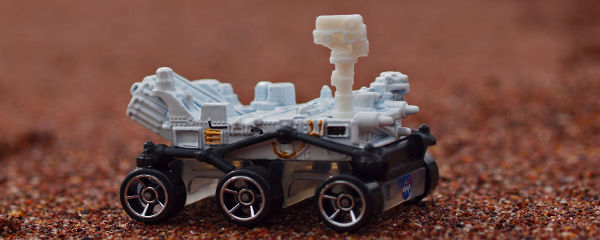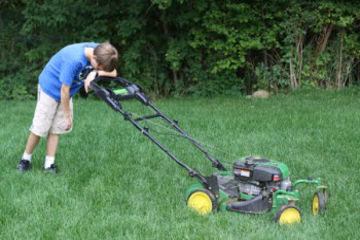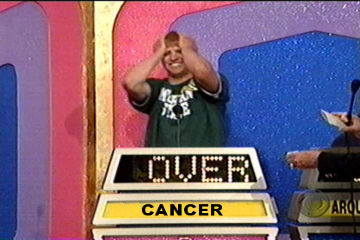What I’ve Learned:
“Telomeres in a nutshell: the short of it is bad, and the long of it isn’t great, either.”
Many things tend to get shorter as we age. Patience. Hairstyles. Time between bathroom breaks.
But something else shortens when we get older, and it’s more important than all the others. Except maybe the haircuts. Nobody likes a geriatric hippie.
This “something else” is a telomere, and it’s a squiggly bit of genetic material stuck on the end of each of our chromosomes, for protection. Sort of like those fiddly plastic things on the ends of shoelaces that stop them from fraying.
(Those are called “aglets”, by the way. That’s not science. I just thought you’d want to know.)
Telomeres play a similar role in our cells — and the cells of most everything else that isn’t a bacterium. When we’re young, the telomeres on the ends of our chromosomes are long. Each time our cells divide, the telomeres get a little shorter, until they’re very small or gone completely. Cells in that state typically don’t divide any more; they’re content to put on a shawl, find a nice rocking chair and wait for the end.
It’s like the aglets on your shoelaces got shorter every time you wore your sneakers, until they finally disintegrated, the laces unraveled and your shoes fell off. Only instead of going barefoot, your hair and skin and brain cells don’t grow back any longer. Which is somewhat more inconvenient, even if you’ve already moved to that shorter hairstyle.
The other more-than-somewhat inconvenient thing about telomere-less chromosomes is that they can lead to cancer. Without those protective bits at the end, genetic material can get chewed away, which is bad. Or chromosomes can link together and loop around, which is also bad. As in, cancer bad. Much worse than frayed shoelaces.
So longer telomeres are better, right? weeeeeell — it depends. In general, yes. Antioxidants in foods like blueberries and kidney beans and artichoke hearts help to lengthen telomeres, and that’s good.
How you get your chromosomes to eat right, I don’t know. Mine are always binging on chips and deoxyribonucleic Oreos.
The thing is, our cells also make an enzyme — called telomerase — that naturally rebuilds telomeres in certain situations. Production of this enzyme is tightly regulated; it’s not normally produced very often or in large quantities. It’s like liquid gold. Or a really good gin and tonic.
In the lab, though, scientists have shown that extending telomeres can reduce signs of aging in mice and worms. Which is great for cowards and lawyers, I suppose — but someday, it could even be applied to humans. That would be sweet.
But there’s a catch. Most of our cells don’t grow constantly. Outside of skin and hair and the insides of our intestines, many cells really shouldn’t be dividing very often. You don’t want lungs the size of life rafts, or a gall bladder you could play volleyball with. Not unless you’re opening a really weird sporting goods store.
So in those cells, if telomerase was always around, the telomeres would keep getting longer. And that might signal the cells that they should divide and divide, out of control. And what are cells dividing willy-nilly, out of control? That’s right: cancer.
So telomeres are tricky. They’re like the Price Is Right showcase game of life: you want as much as you can get, without going over. Because if you do, the consolation prize might be something way worse than Rice-A-Roni.




